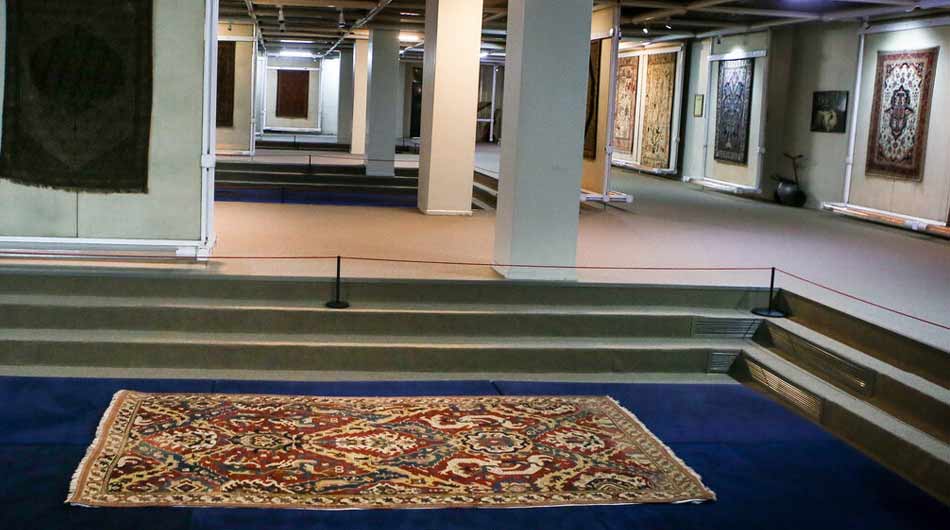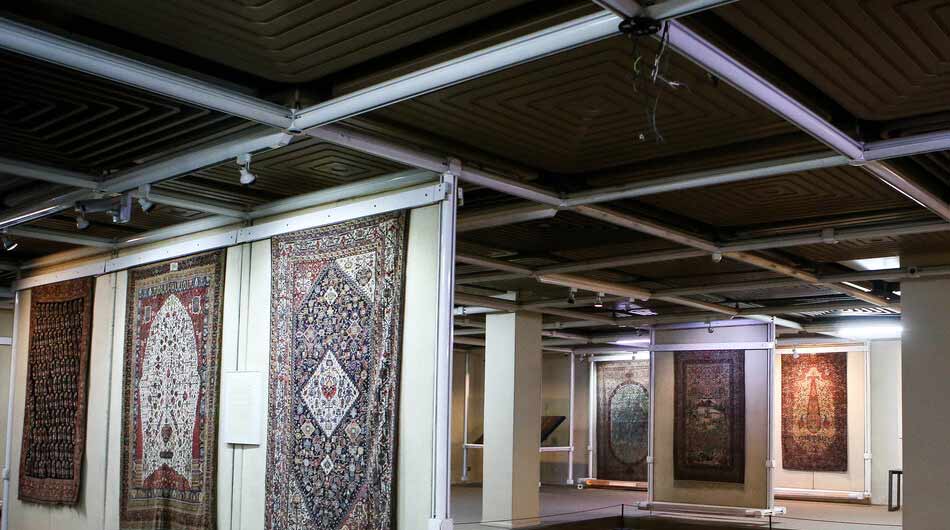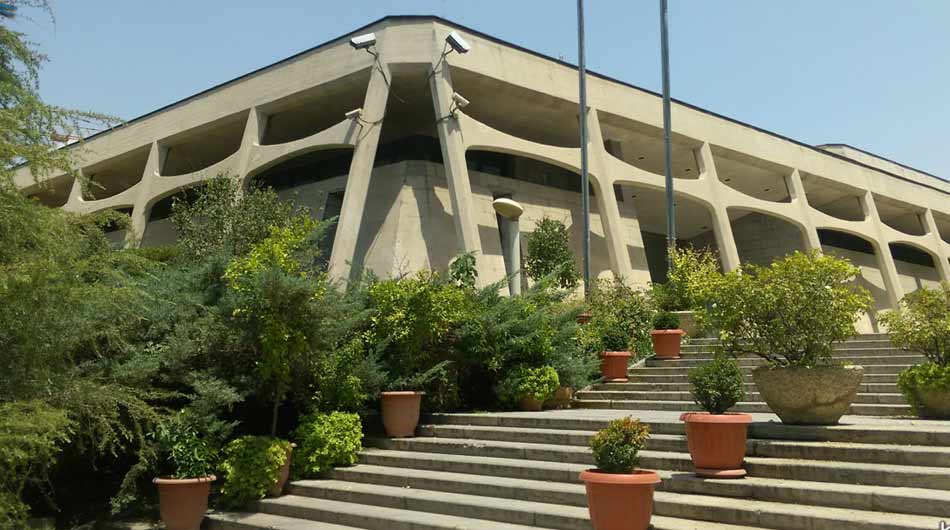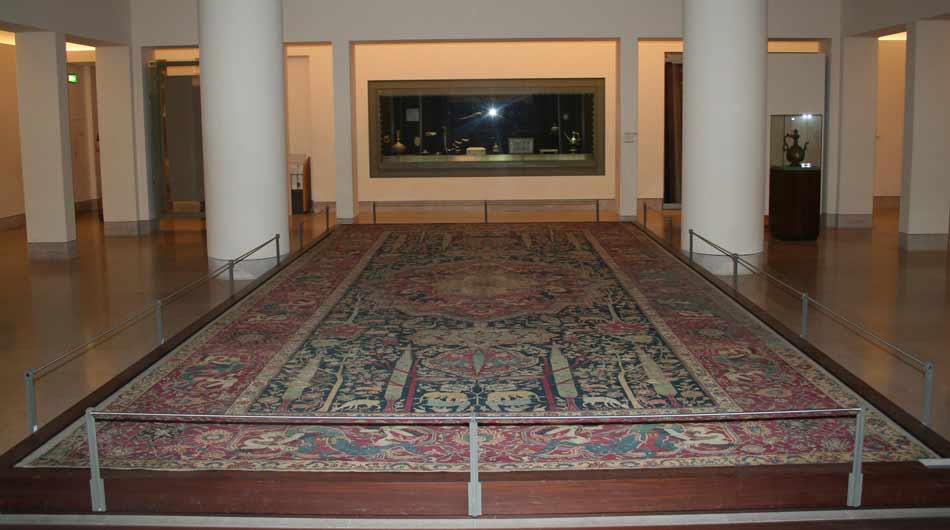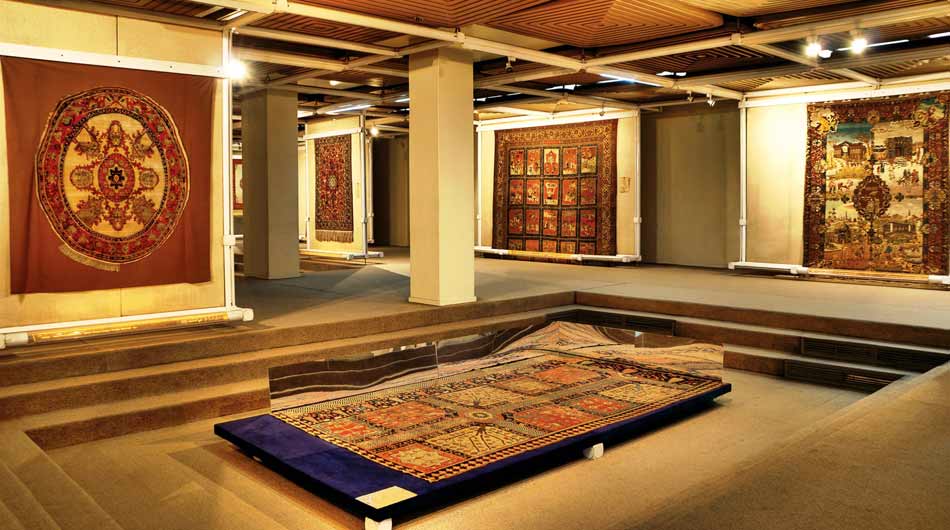Carpet Museum of Iran
Persian Carpet is popular everywhere and everyone believes that it has the finest quality among carpets. Well, it should have something to do with its history and origin. There are a lot of different types of Persian carpets you can see in this interesting museum in the capital of Iran, Tehran. If you are eager to know more about Persian carpets and their fascinating history, the Iran Carpet Museum is the place you shouldn’t miss visiting. See how each of them tells you a different story with their knots, treads, and colors. But before diving into this beautiful museum.
Given to the antiquity of carpet weaving in Iran which dates back to the Acheamenid dynasty the necessity of establishing a museum has been highly apparent. The Carpet Museum of Tehran was constructed in 1356 SH, Bahman 22, representing a collection of the most noble and invaluable hand woven carpets. The Carpet Museum of Iran exhibits a variety of Persian carpets from all over Iran, dating from the 16th century to the present.The museum was designed by the last Queen of Iran, Farah Diba Pahlavi. It’s a combination of art, history, and the nice colors all together.
This museum is home to one of the biggest carpets in the world, and the exterior of its building is influenced by Iranian architecture similar to the carpet hanger. Typically, the museum itself should be your first stop. When you pay close attention, you can see that this structure looks like a gigantic carpet-weaving loom. Abdol-Aziz Mirza Farmanfarmaian designed this museum, the architecture of which showcased his fine art skills and architecture.
The architecture of the museum is highly spectacular and glorious. The decorations on the external facade of the museum is exactly similar to a carpet loom. The exhibition ground of the museum includes two halls the first one has been designed for permanent exhibitions and the second floor’s hall has been dedicated to the temporary exhibitions of carpet and Kilim. About 135 master pieces of Iranian carpets are displayed in the ground floor. The art of carpet weaving in Iran, considering the 2500 year old “Pazirik” which was discovered in southern Siberia in the year1949, dates back to pre-Achaemenian period.
The most valuable samples of Persian carpets and Kilims related to a period between the 9th century and the contemporary time are kept here categorized based upon their quality, antiquity, and given to the other features of Persian carpets in terms of dying, design, pattern, weaving and the verity of carpet weaving centers. There are about 135 masterpieces of Persian carpets woven in the main centers such as Kashan, Kerman, Isfahan, Tabriz, Khorasan, Kurdistan and other regions exhibited in the hall of the first floor. A library including different books in Farsi, Arabic, French, English and German languages and a book store are the other parts of the museum.
The upstairs gallery of the Iran carpet museum serves as a temporary exhibition space, but generally includes more ‘tribal’ work. It is worthwhile investigating the small shop in the main entrance hall as a number of the Farsi publications have English summaries, but the postcards on sale surprisingly do not illustrate any of the museum pieces. Beside the carpet, there is a collection of the East Azarbaijan province (Tabriz, Heris), carpets, followed by Isfahan, Kashan, Khorasan province (Mashhad, moud, Sarakhs), Kurdistan (Sahara, Bijar), Kerman province, Central Province (Arak, Farahan, Saroug, Theran) and finally carpets Produced by the Qsahqai tribes.
Tags:Carpet Museum of Iran, Carpet Museum of Tehran, historical-place, Persian carpets, Tehran, Tehran city, Tehran Museum, tehran province, tour agency, tour operator, tour package, travel agency, travel company, تهران, موزه فرش, موزه فرش ایران, موزه فرش تهران

